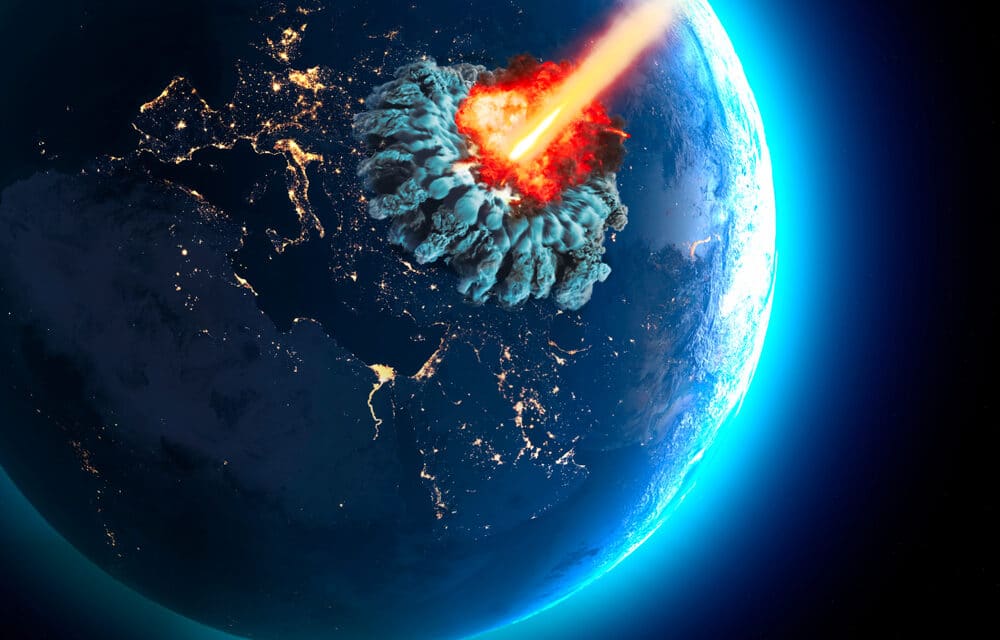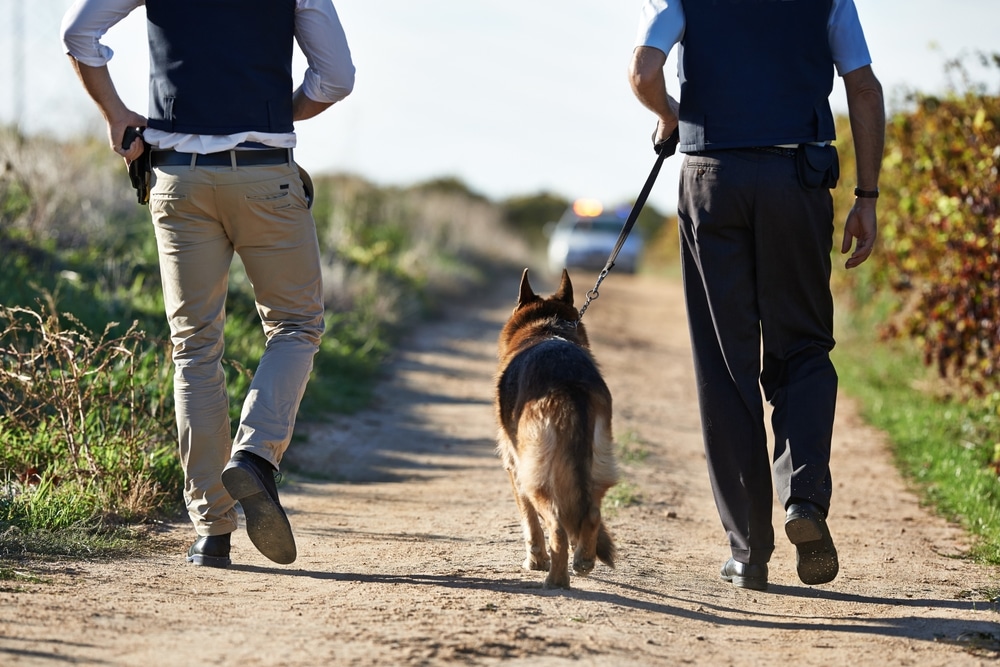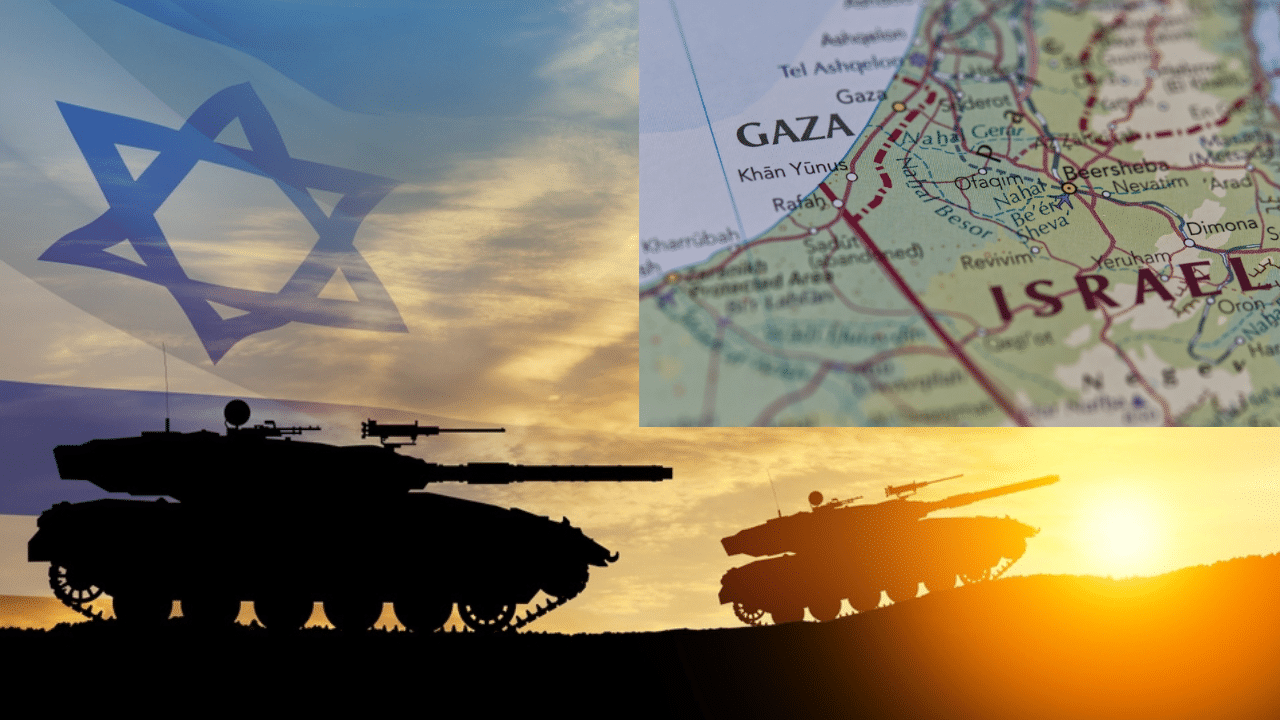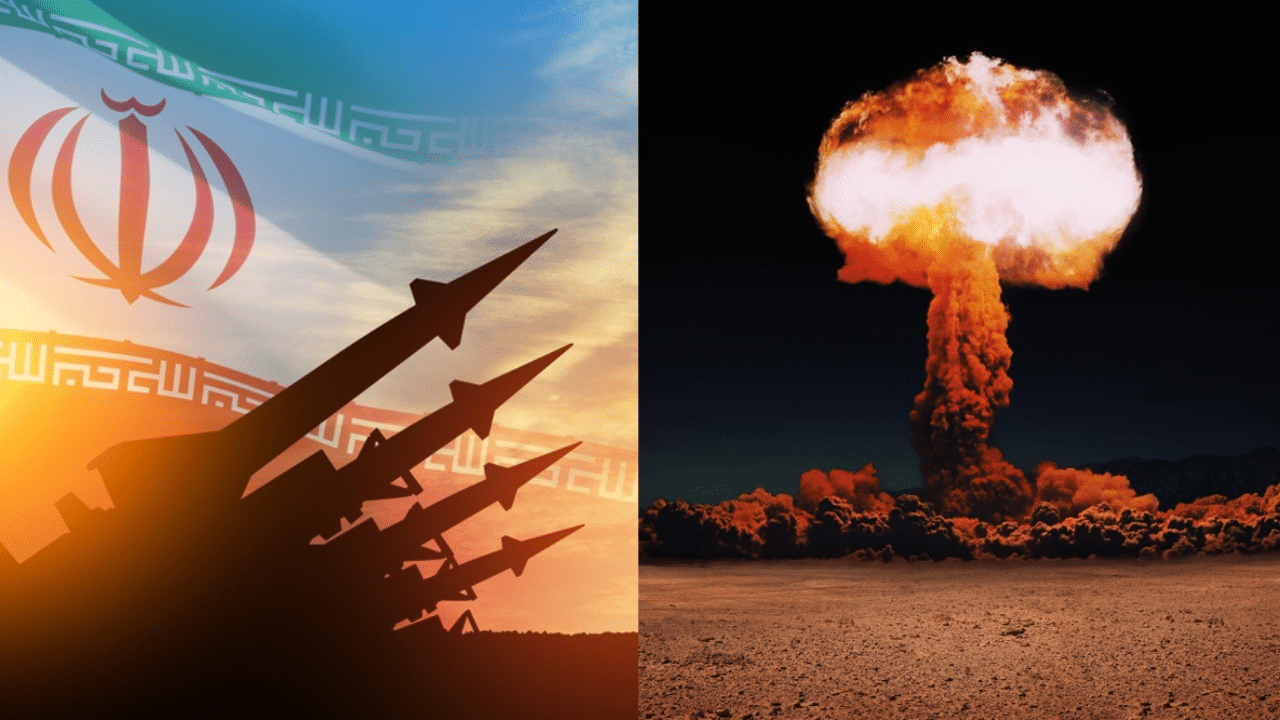(ETH) – NASA is reportedly about to undergo a simulation called “tabletop exercise” during the week of April 26th, where members of NASA’s Planetary Defense Coordination Office (PDCO) will all participate in a simulation involving an asteroid impact scenario.
According to the report, The exercise is being led by NASA’s Jet Propulsion Laboratory’s Center for Near Earth Object Studies (CNEOS), allowing NASA’s PDCO and other U.S. agencies and space science institutions, along with international space agencies and partners, to use a hypothetical scenario to investigate how near-Earth object (NEO) observers, space agency officials, emergency managers, decision-makers, as well citizens may respond and work together to an actual impact prediction.
The drill will occur during the 7th IAA Planetary Defense Conference, which will reportedly be hosted by the United Nations Office for Outer Space Affairs in cooperation with the European Space Agency, and will evolve over the five days of the conference, starting Monday, April 26th.
“Each time we participate in an exercise of this nature, we learn more about who the key players are in a disaster event, and who needs to know what information, and when,” said Lindley Johnson, NASA’s Planetary Defense Officer. “These exercises ultimately help the planetary defense community communicate with each other and with our governments to ensure we are all coordinated should a potential impact threat be identified in the future.”
Details of the report revealed that NASA has previously participated in seven impact scenarios—four at previous Planetary Defense Conferences (2013, 2015, 2017, and 2019) and three in conjunction with (FEMA). The joint exercises included representatives of several other federal agencies, including the Departments of Defense and State.
“Hypothetical asteroid impact exercises provide opportunities for us to think about how we would respond in the event that a sizeable asteroid is found to have a significant chance of impacting our planet,” said Dr. Paul Chodas, director of CNEOS. “Details of the scenario—such as the probability of the asteroid impact, where and when the impact might occur—are released to participants in a series of steps over the days of the conference to simulate how a real situation might evolve.”

















